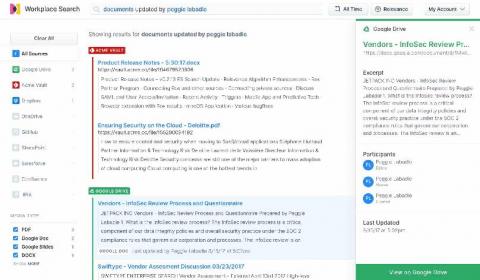Flux and Static Analysis
Have you seen this when using the Flux code editor? Pretty neat to be able to get that much help from an editor while writing code. Have you ever wondered how that worked? Today, I’ll take us on a bit of a deep dive on the behind-the-scenes that enable these autocompletion features in the editor.









